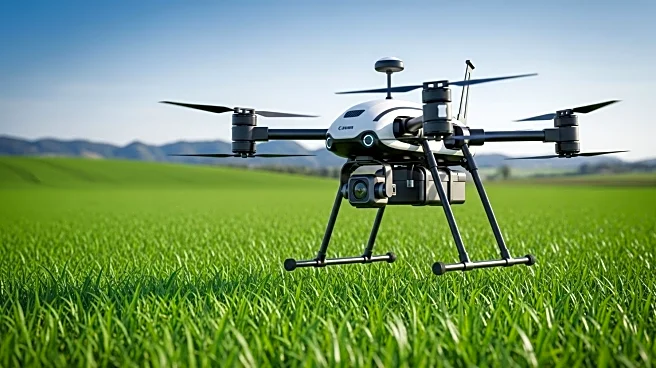What's Happening?
Farmers are being encouraged to investigate yield discrepancies in their fields by examining factors such as emergence uniformity, soil conditions, and disease presence. Quentin Connealy, a farmer in Nebraska, noticed unexpected yield differences in his corn fields, prompting a deeper analysis of environmental and management factors. Experts emphasize the importance of understanding corn yield components, such as ears per acre and kernel weight, and the impact of environmental conditions during critical growth stages. For soybeans, stand uniformity and soil health are key drivers of yield, with silent threats like soybean cyst nematode affecting outcomes.
Why It's Important?
Understanding and addressing yield discrepancies is crucial for farmers aiming to optimize production and profitability. By identifying and managing factors such as soil health, disease presence, and planting conditions, farmers can improve crop yields and reduce losses. This approach not only enhances individual farm performance but also contributes to broader agricultural sustainability and food security. As environmental conditions become more unpredictable, strategic management practices are essential for maintaining consistent and high-quality yields.
What's Next?
Farmers are advised to conduct thorough evaluations of their fields, including soil tests and late-season scouting, to identify potential issues before harvest. Utilizing technology such as drone imagery and moisture probes can provide valuable insights into field conditions and guide management decisions. Postharvest discussions with agronomists and other experts can help refine strategies for future planting seasons, ensuring that farmers are prepared to address challenges and optimize yields.












